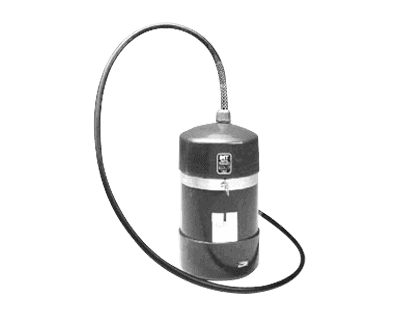
Digital Induction Neutralizing Transformers | DINTs Direct Burial Style | P15479
Specially designed for use with IPTV DSL-T1 systems
Style
DINTs Direct Burial
Pair
104 Pair
Part Number
P15479
Style
DINTs Direct Burial
Pair
104 Pair
Part Number
P15479
Digital Induction Neutralizing Transformers, or DINTs, are similar to standard INTs, except they have a double-wound core to lower decibel loss. They have two separate groups of pairs, one for each transmission direction. The pairs are separated by an electrostatic shield to minimize crosstalk coupling.
SNC’s induction neutralizing transformers provide an effective and economical solution for telephone and power company personnel when an issue arises in a copper-based telecommunication system.
Problems that an induction neutralizing transformer treats
Whether caused by lightning strikes or other interferences, an INT eliminates issues so customers may continue to use copper-based phone lines without disruption. Common problems an INT can fix include:
- Excessive steady-state interfering A/C-induced voltages or current on the central office (CO) terminal equipment, 911 circuit, data modems, analog inter-office or subscriber line carrier systems that may be causing equipment malfunctions or damages or be creating an electrical safety hazard.
- Excessive induced A/C voltages or current caused by switching surges on nearby power lines or lightning. These voltages or current may also cause equipment malfunctions, equipment damage, or create electrical safety hazards.
- Excessive power influences (harmonic-induced A/C voltages or current) levels that may cause circuit noise.
Typical induction neutralizing transformer applications
INTs can be located at the Central Office and/or in the network, at the equipment location or at each end of the facility. The best location for the INT depends on the problem that needs to be treated.
Questions about SNC’s induction neutralizing transformers?
For more information, or to ask questions about SNC’s reliable, problem-solving induction neutralizing transformers or digital INTs, view this instruction guide (T0114) or contact us today.
Request a Quote
"*" indicates required fields